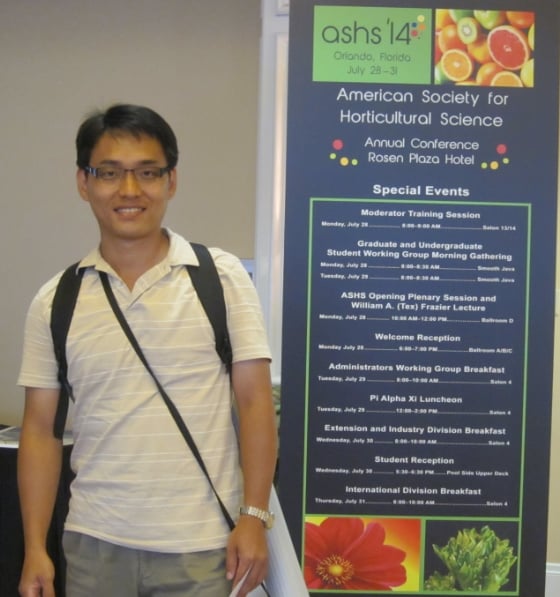Advances in Modern Agricultural Machinery
A special issue of Agriculture (ISSN 2077-0472). This special issue belongs to the section "Agricultural Technology".
Deadline for manuscript submissions: closed (25 December 2023) | Viewed by 17294
Special Issue Editors
Interests: discrete element method (DEM); agricultural machinery design; tillage; soil mechanics
Special Issues, Collections and Topics in MDPI journals
Interests: artificial intelligence; mechatronics; internet of things; edge computing; signal processing
Special Issues, Collections and Topics in MDPI journals
Special Issue Information
Dear Colleagues,
Agricultural production is essential to deal with the issue of food supply, which is one of the main problems in modern societies. According to the FAO (Food and Agriculture Organizations of the United Nations), the food demand in the world may increase by 70% by 2050. Broadacre farming enables large-scale crop production and is vital to producing abundant food. Machinery systems used in broadacre farming also significantly affect crop production. Therefore, designing and improving more effective machinery systems and components used in broadacre farming have become critical in meeting this demand. Increasing the cost of energy, fertilizer, chemical, and labour has also pushed farmers and the agricultural industry to design and develop more efficient systems to reduce the cost of production (to increase profit) and hence to make agricultural products affordable for consumers. Additionally, protecting the environment and enhancing the health of the soil using novel agricultural techniques to make agricultural production sustainable is also desired.
This Special Issue aims to collate innovative papers that significantly contribute to the design and application of modern agricultural machinery systems in agriculture. It welcomes original research and review papers from different research fields, including but not limited to tillage, seeding, fertilizer, harvest, tractors, and control and automation systems used in agricultural production.
Dr. Mustafa Ucgul
Prof. Dr. Chung-Liang Chang
Guest Editors
Manuscript Submission Information
Manuscripts should be submitted online at www.mdpi.com by registering and logging in to this website. Once you are registered, click here to go to the submission form. Manuscripts can be submitted until the deadline. All submissions that pass pre-check are peer-reviewed. Accepted papers will be published continuously in the journal (as soon as accepted) and will be listed together on the special issue website. Research articles, review articles as well as short communications are invited. For planned papers, a title and short abstract (about 100 words) can be sent to the Editorial Office for announcement on this website.
Submitted manuscripts should not have been published previously, nor be under consideration for publication elsewhere (except conference proceedings papers). All manuscripts are thoroughly refereed through a single-blind peer-review process. A guide for authors and other relevant information for submission of manuscripts is available on the Instructions for Authors page. Agriculture is an international peer-reviewed open access monthly journal published by MDPI.
Please visit the Instructions for Authors page before submitting a manuscript. The Article Processing Charge (APC) for publication in this open access journal is 2600 CHF (Swiss Francs). Submitted papers should be well formatted and use good English. Authors may use MDPI's English editing service prior to publication or during author revisions.
Keywords
- agricultural machinery
- tillage
- spraying
- seeding
- tractors
- automation and control in agriculture
- sustainable agriculture






